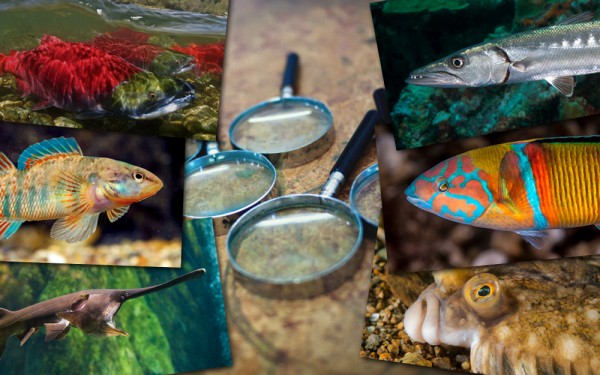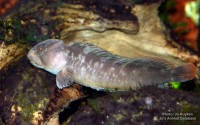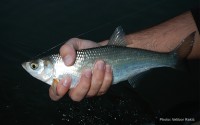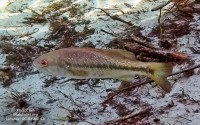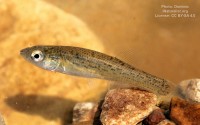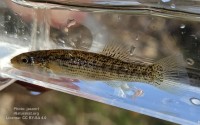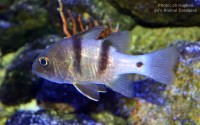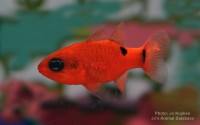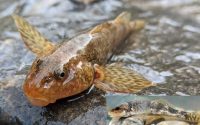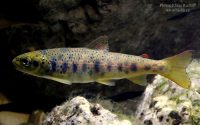Blacktail redhorse
(Moxostoma poecilurum)
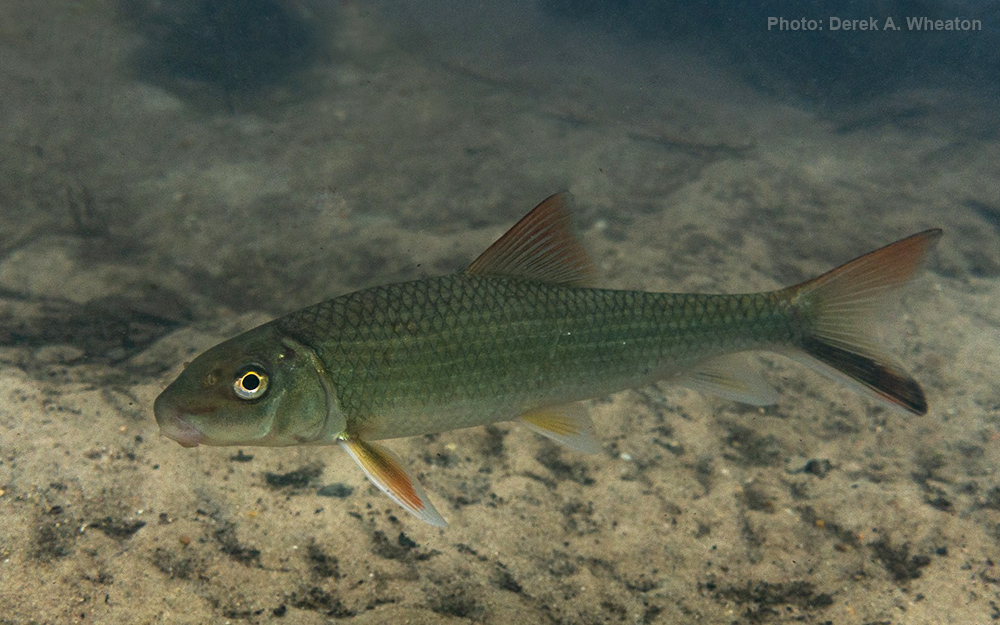
Classification
General data
The blacktail redhorse (Moxostoma poecilurum) is a species of ray-finned fish in the genus Moxostoma. The blacktail redhorse occupies North America, being located throughout Mississippi River tributaries on the former Mississippi Embayment, ranging from Southern Kentucky to Galveston Bay in Texas.
Description
Like other Moxostoma, the blacktail redhorse has a long and cylindrical body. It is gold to bronze on the upper half with a silver-green iridescence, and is a silver yellow to white on the lower half. The caudal and lower fins are red, with a black stripe on the lower half of the forked caudal fin, which is normally larger than the upper half. The edge of the dorsal fin is usually concave, and the fin is a dusky grey on the lower half and more red on the upper half.
There are normally 41 to 44 lateral scales, and 12 to 13 dorsal rays.
The fish has a maximum total length of 51 cm (20 in), but is normally has a total length of 25 cm (10 in) to 41 cm (16 in).
Distribution
Moxostoma poecilurum is found throughout Mississippi River tributaries on the former Mississippi Embayment running from Southern Kentucky to Southern Arkansas, south to Louisiana. It can also be found in gulf slope drainages from the Choctawhatchee River in Alabama and Florida to Galveston Bay in Texas. It is endemic to the Southeastern United States. The distribution has not been noticeably decreased for any reason, nor has the Blacktail Redhorse been extirpated from any particular location.
Habitat
Moxostoma poecilurum is a demersal, temperate, freshwater fish, most commonly found in sandy and rocky pools, runs, and riffles of small to medium-sized streams and rivers. Due to their adaptive abilities and widespread distribution throughout the Southeast, they can sometimes also be found in reservoirs, swamps, and the Mobile Delta. They generally occur in swift to standing water over sand, silt, rock, or gravel substrates and around aquatic vegetation. It is a benthic feeder and has a relatively diverse diet ranging from detritus, diatoms, and a wide variety of small invertebrates including microcrustacea, rotifers and the larvae of many insects.

